
Antioxidants play a crucial role in maintaining good health, and it is especially important for junior high students to incorporate high antioxidant vegetables into their diets.
Antioxidants help protect the body from oxidative stress and reduce the risk of chronic diseases.
By consuming vegetables rich in antioxidants, junior high students can support their overall well-being and promote healthy growth and development.
In this article, we will explore the top 10 high antioxidant vegetables that are not only nutritious but also delicious for junior high students to enjoy.
Why are antioxidants important for middle school students?
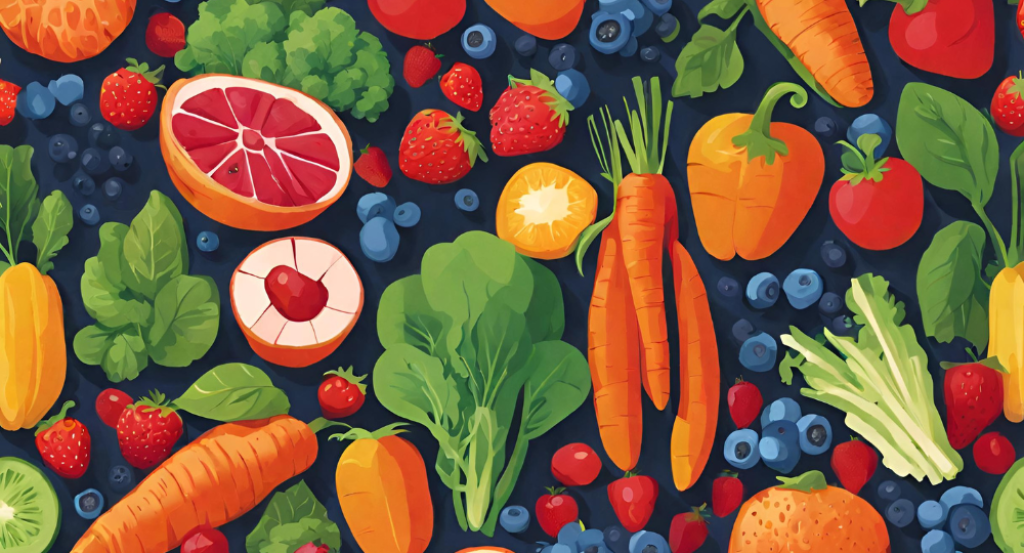
Antioxidants are substances that help protect the body’s cells from damage caused by free radicals, which are harmful molecules that can lead to various health problems.
For junior high students, antioxidants play a crucial role in supporting their overall health and well-being.
During this stage of development, their bodies are growing rapidly, and their immune systems are still maturing.
Consuming high antioxidant foods can help support proper growth and development, strengthen the immune system, and reduce the risk of chronic diseases later in life.
Benefits of consuming high antioxidant vegetables for Junior High Students

Consuming high antioxidant vegetables offers numerous benefits for Junior High Students.
These vegetables help boost the immune system, protect against harmful free radicals, and support overall health and wellbeing.
They also aid in brain function and concentration, helping students perform better academically.
Additionally, high antioxidant vegetables promote healthy skin, eyesight, and digestion.
By incorporating these vegetables into their diet, Junior High Students can thrive both physically and mentally.
Spinach
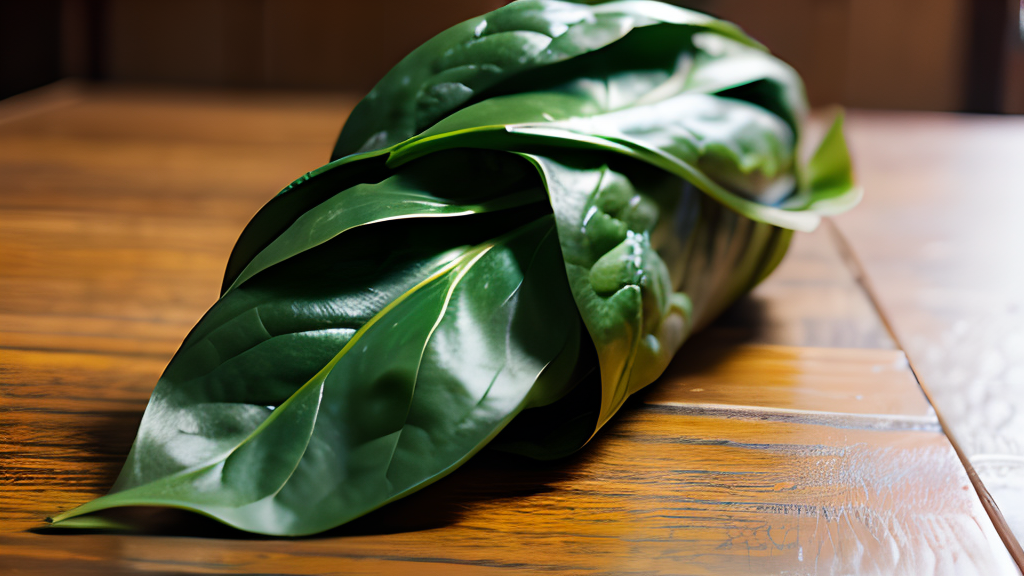
Spinach is a leafy green vegetable that is packed with essential vitamins and minerals, making it an excellent choice for Junior High Students.
It is known for its high antioxidant content, which helps protect the body against free radicals and oxidative stress.
Additionally, spinach is rich in iron, calcium, and fiber, promoting healthy digestion and strong bones.
Incorporating spinach into meals and snacks is easy; it can be added to smoothies, salads, soups, or sautéed as a side dish.
Health benefits of spinach for Junior High Students
Spinach is a nutritional powerhouse that offers numerous health benefits for junior high students.
Packed with essential vitamins and minerals, spinach helps to support their growth and development.
It is an excellent source of iron, which is essential for red blood cell production and energy levels.
Spinach also contains high levels of antioxidants, such as vitamin C and beta-carotene, which help to strengthen their immune system and protect against oxidative stress.
Additionally, the fiber content in spinach promotes healthy digestion and prevents constipation.
Incorporating spinach into their diet can contribute to overall well-being for junior high students.
Different ways to incorporate spinach into meals and snacks
There are countless ways to incorporate spinach into meals and snacks for junior high students.
Start by adding a handful of spinach to smoothies for a quick and easy boost of nutrients.
For meals, sauté spinach with garlic and olive oil as a side dish or use it as a base for a delicious salad.
Sneak spinach into pasta dishes, omelets, or even homemade pizza toppings.
The possibilities are endless!
By getting creative with recipes, junior high students can enjoy the health benefits of spinach while enjoying their favorite meals and snacks.
Kale
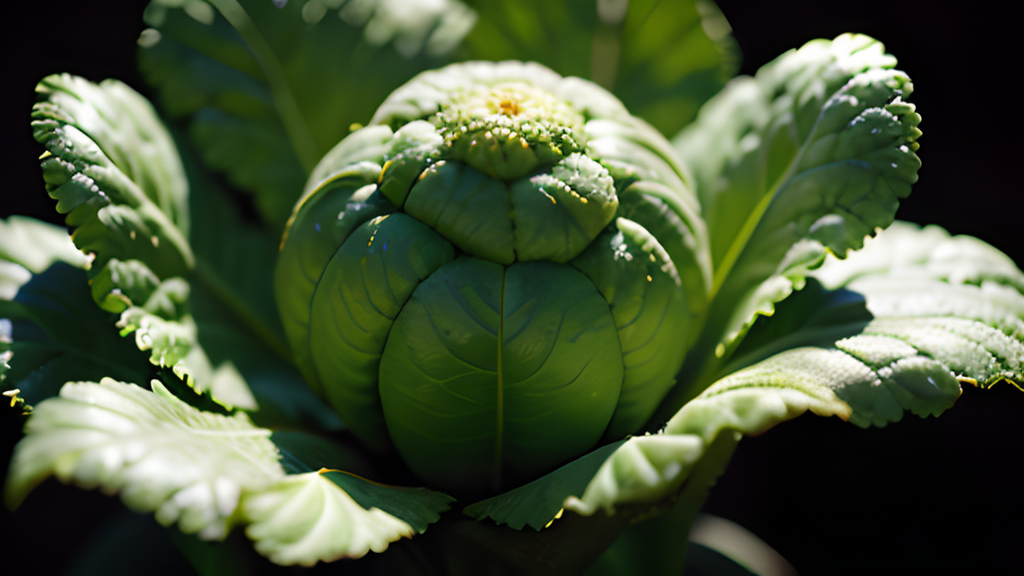
Kale is a nutrient-dense vegetable that is packed with antioxidants, making it an excellent choice for junior high students.
It is rich in vitamins A, C, and K, as well as minerals like calcium and manganese.
Consuming kale can support bone health, boost immunity, and improve digestion.
With its earthy flavor and hearty texture, kale can be enjoyed in salads, sautés, or even baked as crispy kale chips.
Nutritional value of kale for Junior High Students
Kale is a nutrient-packed vegetable that offers numerous health benefits for Junior High Students.
It is an excellent source of vitamins A, C, and K, which help support their immune system, promote healthy skin, and aid in proper blood clotting.
Additionally, kale is rich in minerals like calcium and iron, essential for strong bones and red blood cell production.
Including kale in their diet can provide Junior High Students with essential nutrients necessary for their growth and development.
Delicious kale recipes for Junior High Students to try
Kale is not only nutritious but also incredibly versatile, making it a great addition to any meal.
For junior high students looking to incorporate kale into their diet, there are plenty of delicious recipes to try.
Some popular options include kale smoothies, kale chips, kale salads, and even kale pesto pasta.
These recipes are not only tasty but also provide the important antioxidants that junior high students need for optimal health.
Broccoli
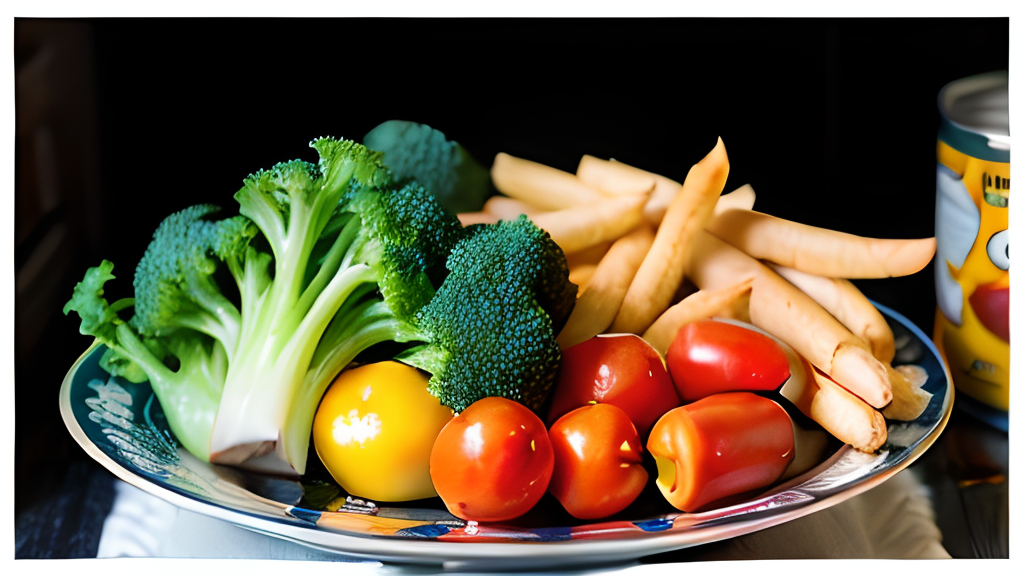
Broccoli: The Antioxidant Powerhouse for Junior High Students
Broccoli, a member of the cruciferous vegetable family, is renowned for its antioxidant properties and numerous health benefits.
Packed with essential nutrients like vitamin C, fiber, and folate, broccoli aids in boosting immunity, promoting heart health, and supporting healthy digestion.
Incorporating this versatile vegetable into a Junior High Student’s diet can be as simple as steaming it as a side dish, adding it to stir-fries or salads, or even sneaking it into smoothies for added nutritional value.
Not only does broccoli provide a flavorful addition to meals, but its high antioxidant content makes it an excellent choice for fueling growing bodies.
The antioxidant properties of broccoli for Junior High Students
Broccoli is a powerhouse of antioxidants, making it an excellent addition to the diet of Junior High Students.
These antioxidants help protect the body’s cells from damage caused by harmful molecules called free radicals.
The high levels of vitamin C and beta-carotene in broccoli contribute to its antioxidant properties.
By incorporating broccoli into their meals, Junior High Students can boost their immune system and promote overall health and well-being.
Fun and easy ways to include broccoli in a Junior High Student’s diet
One fun and easy way to include broccoli in a Junior High Student’s diet is by adding it to stir-fries or vegetable medleys.
You can also incorporate broccoli into pasta dishes, such as creamy broccoli Alfredo or broccoli mac and cheese.
Another idea is to make homemade broccoli tots or bake crispy broccoli chips as a tasty and nutritious snack option.
These creative and enjoyable ways will help Junior High Students incorporate broccoli into their daily meals without any fuss.
Brussels Sprouts
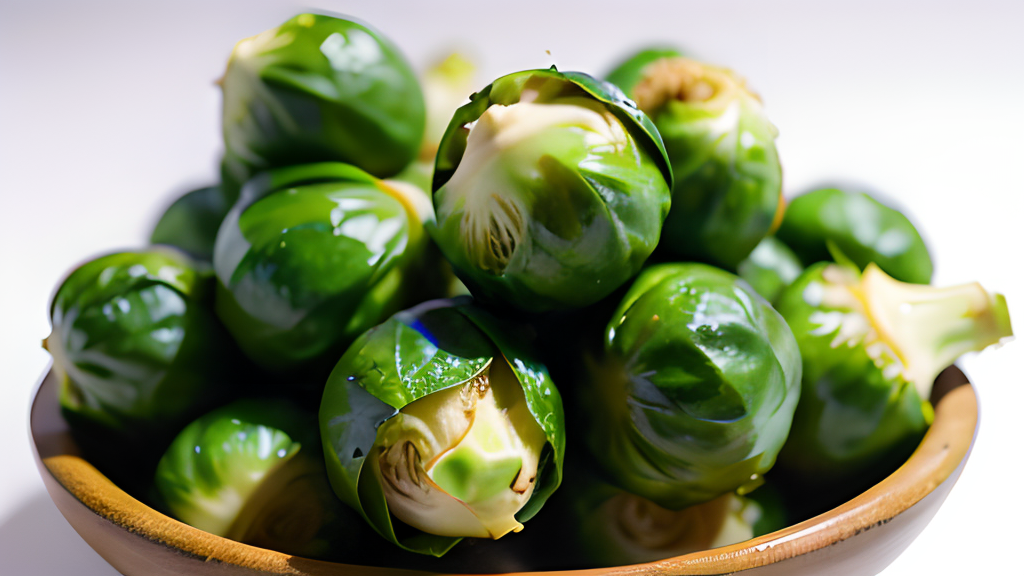
Brussels sprouts are a high antioxidant vegetable that is packed with essential nutrients for Junior High Students.
These miniature cabbages are rich in antioxidants, vitamins C and K, and fiber, which contribute to strong immunity and overall health.
By incorporating Brussels sprouts into their diet, Junior High Students can benefit from improved digestion, heart health, and reduced inflammation.
Health benefits of Brussels sprouts for Junior High Students
Brussels sprouts offer a range of health benefits that are particularly important for junior high students.
These nutrient-packed vegetables are rich in vitamins A, C, and K, which can support a strong immune system and promote healthy growth and development.
Additionally, Brussels sprouts contain fiber, which aids in digestion, and antioxidants that help protect against cell damage and inflammation.
Including Brussels sprouts in their diet can contribute to overall wellness for junior high students.
Tasty Brussels sprouts recipes that Junior High Students will enjoy
Brussels sprouts may not always be the favorite vegetable among junior high students, but with these tasty recipes, they are sure to change their minds.
One delicious option is roasted Brussels sprouts with parmesan cheese, garlic, and a hint of lemon zest.
Another option is to sauté Brussels sprouts with bacon and onions for a flavorful twist.
These recipes are easy to make and packed with antioxidants, making them a healthy and delicious choice for junior high students.
Bell Peppers
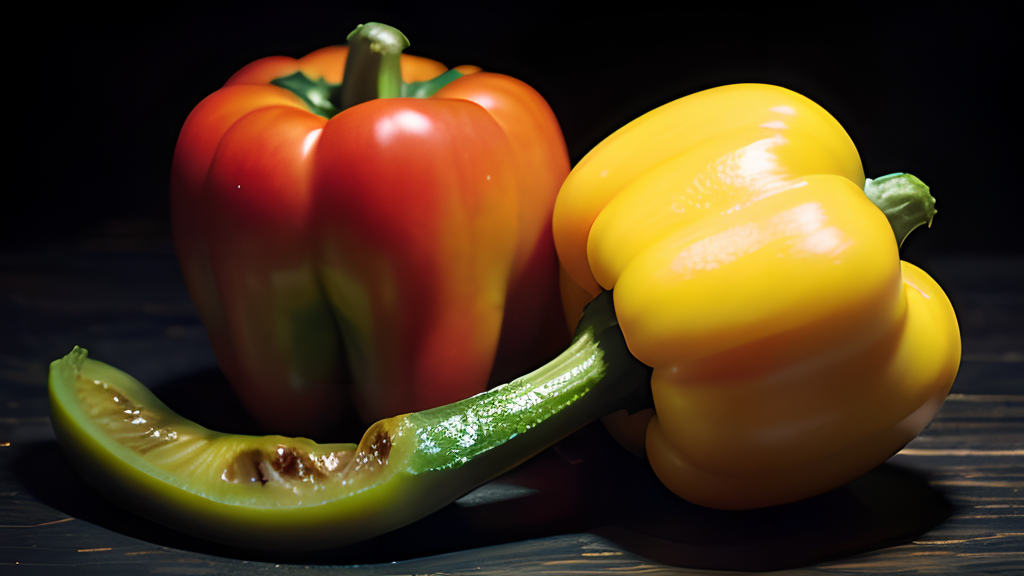
Bell Peppers: The Antioxidant Benefits for Junior High Students
Bell peppers are not only vibrant and delicious, but they also pack a punch when it comes to antioxidants.
These colorful vegetables are rich in vitamins A, C, and E, which are powerful antioxidants that can help protect the body’s cells from damage caused by free radicals.
Including bell peppers in their diet can support a healthier immune system and promote overall well-being for junior high students.
With their mild taste and crunchy texture, bell peppers can be easily incorporated into meals, salads, or even enjoyed as a crunchy snack.
The antioxidant benefits of bell peppers for Junior High Students
Bell peppers are an excellent source of antioxidants for junior high students.
These vibrant vegetables contain high levels of vitamin C, which acts as a powerful antioxidant in the body.
By consuming bell peppers, students can boost their immune system, protect against cell damage, and promote overall health and well-being.
Incorporating bell peppers into their meals and snacks is a tasty and nutritious way for junior high students to reap the antioxidant benefits they provide.
Creative and nutritious ways to include bell peppers in a Junior High Student’s meals
Bell peppers are not only packed with antioxidants, but they also add crunch and vibrant colors to meals.
For Junior High Students, bell peppers can be incorporated into meals in various creative and nutritious ways.
They can be sliced and added to sandwiches or wraps for added freshness and flavor.
Junior High Students can also enjoy bell peppers as a crunchy snack by cutting them into strips and serving them with a healthy dip like hummus or yogurt ranch dressing.
Another option is to stuff bell peppers with a filling of rice, lean protein, and vegetables, and bake them in the oven for a delicious and nutritious meal.
By including bell peppers in these ways, parents can ensure that their Junior High Students are getting the benefits of antioxidants while enjoying tasty meals.
Carrots
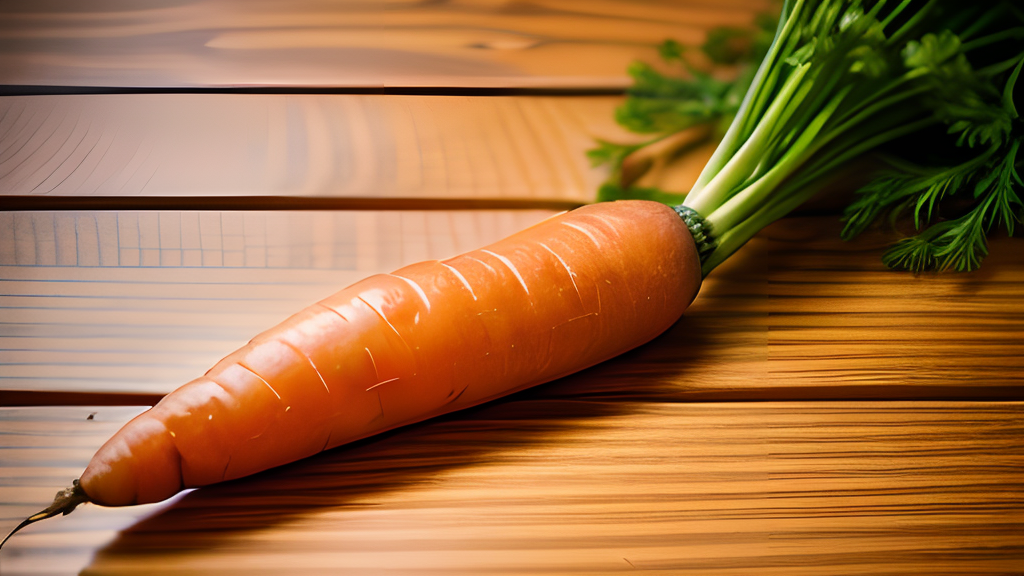
Carrots are a highly nutritious vegetable that is packed with antioxidants, making them an excellent choice for Junior High Students.
They are rich in beta-carotene, which is converted into Vitamin A in the body and supports healthy vision, immunity, and skin.
In addition to their antioxidant properties, carrots are also a good source of fiber and vitamins.
Including carrots in their meals and snacks can help Junior High Students maintain overall health and wellness.
Why carrots are a great source of antioxidants for Junior High Students
Carrots make an excellent addition to a junior high student’s diet because they are a great source of antioxidants.
Antioxidants help protect the body from harmful free radicals and oxidative stress, which can damage cells and contribute to various health issues.
Carrots, rich in beta-carotene, vitamin C, and other antioxidants, not only support overall health but also promote healthy skin, improve vision, and boost the immune system.
Including carrots in their meals or snacks can provide junior high students with a tasty and nutritious way to enhance their antioxidant intake.
Innovative carrot recipes for Junior High Students to try
Carrots are not just a crunchy snack; they can also be the star ingredient in delicious and innovative recipes for Junior High Students.
One idea is to make carrot fries by slicing carrots into thin strips, tossing them in olive oil and your choice of seasoning, and baking them until crispy.
Another option is to blend carrots into a creamy carrot soup with flavors like ginger or curry.
Carrot muffins or carrot pancakes are also great ways to enjoy this nutritious vegetable in a sweet treat.
Junior High Students can get creative in the kitchen and explore the various possibilities of incorporating carrots into their meals.
Tomatoes
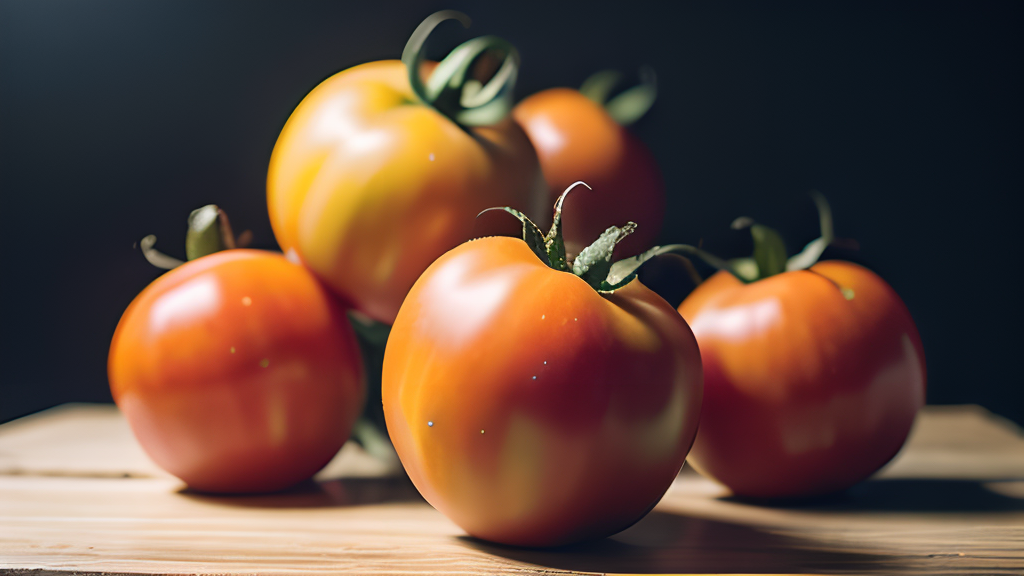
Tomatoes are not only delicious but also packed with antioxidants, making them an excellent choice for Junior High Students.
They are a great source of lycopene, a powerful antioxidant known for its potential to reduce the risk of chronic diseases.
Additionally, tomatoes contain vitamins A and C, which help support a healthy immune system.
Incorporating tomatoes into meals or snacks is easy, whether it’s through fresh tomato salads, pasta sauces, or even as toppings on sandwiches or pizzas.
Including tomatoes in their diet will provide Junior High Students with essential antioxidants to support their overall health and well-being.
The antioxidant-rich nature of tomatoes for Junior High Students
Tomatoes are packed with antioxidants that can greatly benefit Junior High Students.
Antioxidants serve as a defense against harmful free radicals in the body, helping to reduce the risk of diseases and promoting overall health.
Tomatoes are particularly rich in an antioxidant called lycopene, which has been shown to have numerous health benefits.
Lycopene is known for its potential to lower the risk of certain types of cancers, protect against heart disease, and improve eye health.
By incorporating tomatoes into their diet, Junior High Students can enjoy these antioxidant benefits and maintain optimal well-being.
Exciting tomato recipes that will appeal to Junior High Students
When it comes to tomatoes, there are so many delicious recipes that Junior High Students will love.
One exciting recipe is homemade tomato sauce for pasta.
It’s simple to make and allows them to customize the flavors to their liking.
Another option is a Caprese salad with fresh tomatoes, mozzarella cheese, and basil leaves.
It’s a refreshing and tasty dish that can be enjoyed as a snack or side.
Lastly, tomato bruschetta is a crowd-pleaser, combining diced tomatoes, garlic, herbs, and olive oil on toasted bread.
These recipes are not only flavorful but also packed with the antioxidants that Junior High Students need for a healthy diet.
Sweet Potatoes
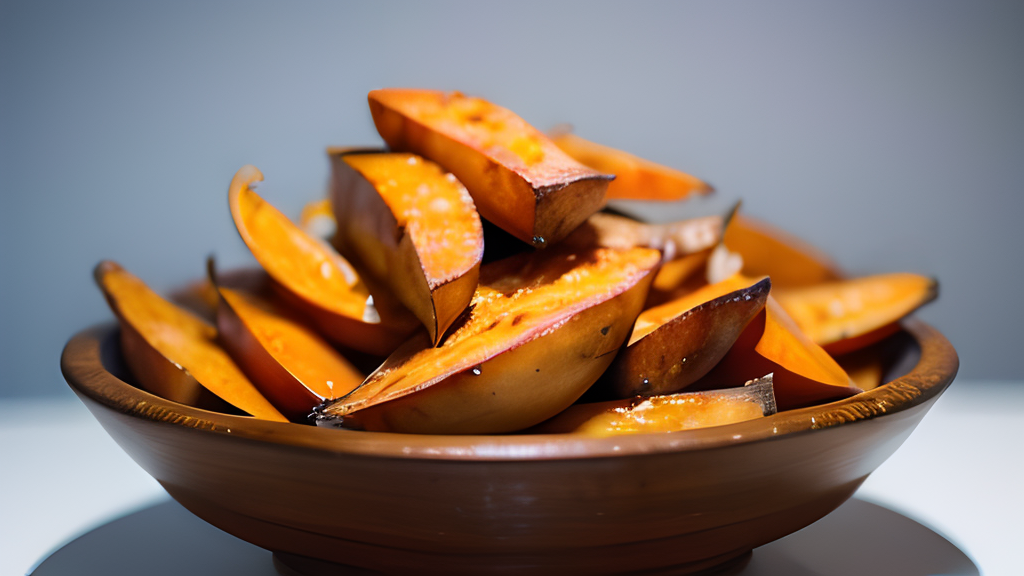
Sweet potatoes are not only delicious but also packed with antioxidants that are beneficial for Junior High Students.
They are a great source of vitamins A and C, which help boost the immune system and promote healthy skin.
Additionally, sweet potatoes contain high levels of beta-carotene, which acts as an antioxidant and can protect against free radicals that may damage cells.
Encourage Junior High Students to try different recipes with sweet potatoes, such as baked sweet potato fries or mashed sweet potatoes, to enjoy their numerous health benefits.
The health benefits of sweet potatoes for Junior High Students
Sweet potatoes are not only delicious but also packed with essential nutrients that are beneficial for Junior High Students.
They are rich in fiber, which aids in digestion and helps maintain a healthy weight.
Sweet potatoes also contain high levels of vitamin A, which promotes healthy vision and supports the immune system.
Additionally, they are a great source of potassium, which is crucial for maintaining proper muscle function and electrolyte balance.
Including sweet potatoes in their diet can help Junior High Students stay healthy and fuel their growing bodies.
Delicious sweet potato recipes that Junior High Students can make
Sweet potatoes are not only packed with antioxidants but also offer a delicious and versatile flavor that junior high students can enjoy.
Here are a few simple recipes that they can easily make:
- Baked Sweet Potato Fries: Slice sweet potatoes into thin strips, toss them in olive oil, and bake until crispy.Serve with a side of ketchup or mayo for dipping.
- Sweet Potato Pancakes: Combine grated sweet potatoes, flour, eggs, and a pinch of cinnamon to create a batter.Fry small rounds on a griddle until golden brown and serve with maple syrup.
- Sweet Potato Smoothie: Blend cooked sweet potatoes with milk, honey, and a touch of vanilla extract to create a creamy and nutritious smoothie.
- Sweet Potato Hash: Dice cooked sweet potatoes and sauté them with onions, bell peppers, and your choice of protein like chicken or turkey bacon.
These recipes not only highlight the natural sweetness of sweet potatoes but also offer an opportunity for junior high students to explore their culinary skills and enjoy healthy meals at the same time.
Conclusion
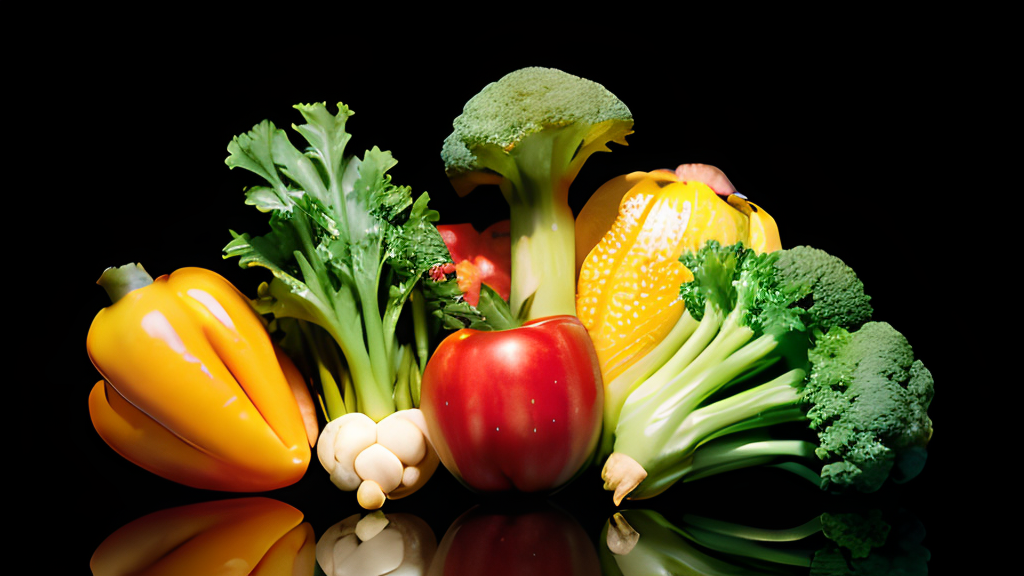
In conclusion, incorporating high antioxidant vegetables into the diets of Junior High Students is crucial for their overall health and well-being.
These vegetables provide a wide range of nutrients and benefits, helping to support their growing bodies and promote optimal cognitive function.
By including spinach, kale, broccoli, Brussels sprouts, bell peppers, carrots, tomatoes, and sweet potatoes in their meals and snacks, Junior High Students can enjoy both the delicious flavors and the numerous health advantages these vegetables offer.
The importance of incorporating high antioxidant vegetables into Junior High Students’ diets

Incorporating high antioxidant vegetables into Junior High Students’ diets is crucial for their overall health and well-being.
Antioxidants help to protect the body against free radicals, which can cause damage to cells and contribute to various health issues.
By including a variety of antioxidant-rich vegetables in their meals and snacks, Junior High Students can support their immune system, improve cognitive function, and promote optimal growth and development.






